Who were J.B. Rhine and Eugene Osty?
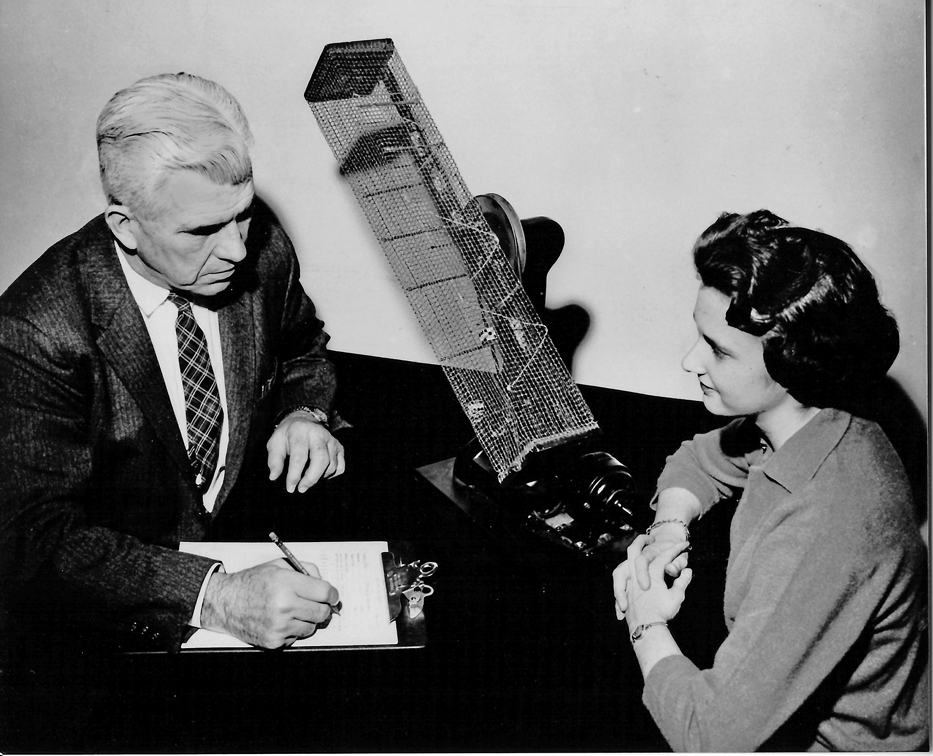
The field of parapsychology, which investigates psychic or psi phenomena such as telepathy, clairvoyance, and psychokinesis, has long been a subject of fascination and controversy. Two pioneering researchers who made significant contributions to the scientific study of these phenomena in the early 20th century were J.B. Rhine and Eugene Osty. Through their innovative experiments and tireless efforts to bring scientific rigor to this unconventional area of inquiry, Rhine and Osty played a pivotal role in establishing parapsychology as an academic discipline worthy of serious investigation. This essay will explore the key aspects of their work and its enduring impact on the field.
2. J.B. Rhine: Father of Modern Parapsychology
2.1. Background and Early Work
Joseph Banks Rhine (1895-1980) was an American botanist who became interested in psychic phenomena while teaching at Duke University. In 1927, he founded the parapsychology laboratory at Duke, one of the first of its kind in the world. Rhine’s goal was to investigate psi phenomena using rigorous scientific methods and statistical analysis, in order to provide evidence for their existence and shed light on their underlying mechanisms.
2.2. Development of ESP Testing
One of Rhine’s most significant contributions was the development of standardized methods for testing extrasensory perception (ESP), which he coined as a term. He created a set of cards known as Zener cards, which featured five simple symbols: a circle, a cross, a set of wavy lines, a square, and a star. In a typical experiment, a sender would shuffle the cards and attempt to mentally transmit the symbol on each card to a receiver in another room, who would guess the symbol. By comparing the number of correct guesses to what would be expected by chance, Rhine aimed to provide statistical evidence for ESP.
2.3. Studies of Psychokinesis
In addition to ESP, Rhine was interested in psychokinesis (PK), the purported ability to influence physical objects with the power of the mind. He developed machines to test for PK, such as a device that recorded the falls of dice. Subjects attempted to mentally influence the dice to land on certain numbers. While the results were not always consistent, Rhine believed that some of his experiments provided evidence for PK.
2.4. Implications and Legacy
Although many mainstream scientists remained skeptical of Rhine’s findings, his work brought a new level of scientific rigor and credibility to the study of parapsychology. By using careful experimental controls, large sample sizes, and statistical analysis, Rhine aimed to demonstrate that psi phenomena were real and could be studied objectively. He founded the Journal of Parapsychology in 1937 to share research findings and established the Parapsychological Association in 1957 to promote the scientific study of psi. Rhine’s work inspired subsequent generations of researchers and helped to establish parapsychology as a legitimate field of scientific inquiry.
3. Eugene Osty: Investigator of Clairvoyance and Precognition
3.1. Background and Approach
Eugene Osty (1874-1938) was a French physician and researcher who became one of the leading figures in European parapsychology. As director of the Institut Métapsychique International in Paris, Osty conducted extensive investigations into clairvoyance, precognition, and other psychic phenomena. Like Rhine, he sought to apply scientific methods to the study of these unconventional subjects.
3.2. Studies of Clairvoyance
Osty is perhaps best known for his studies of clairvoyance, the purported ability to gain information about distant or hidden objects through extrasensory means. He conducted numerous experiments with reputed clairvoyants, including the famous Polish psychic Stephan Ossowiecki. In a typical test, Osty would provide the psychic with an object belonging to a person not present, such as a watch or piece of clothing. The psychic would then attempt to describe the owner of the object and provide details about their life and circumstances. Osty carefully recorded these sessions and analyzed the accuracy of the psychics’ statements. He believed that his findings provided strong evidence for the reality of clairvoyance.
3.3. Investigations of Precognition
In addition to clairvoyance, Osty was interested in precognition, the alleged ability to perceive future events. He collected numerous case studies of individuals who claimed to have experienced precognitive dreams or visions. Osty also conducted experiments in which psychics attempted to predict the outcomes of future events, such as the results of sporting matches or political elections. While the evidence for precognition was often more anecdotal than scientific, Osty believed that it merited serious investigation.
3.4. Publications and Influence
Osty shared his findings through numerous books and articles, including Super-Normal Faculties in Man and The Super-Physical Sense. These works detailed his experimental methods and case studies and argued for the scientific validity of psychic phenomena. Like Rhine, Osty faced skepticism from mainstream scientists, many of whom dismissed parapsychology as pseudoscience. However, his tireless efforts to investigate and document psychic phenomena helped to establish parapsychology as a field of legitimate scientific inquiry in Europe.
4. The Legacy of Rhine and Osty
4.1. Contributions to Parapsychology
J.B. Rhine and Eugene Osty were pivotal figures in the early history of parapsychology as a scientific discipline. Through their innovative experiments and meticulous documentation, they aimed to provide empirical evidence for the existence of psi phenomena and to bring scientific rigor to a previously marginalized area of study. Rhine’s work on ESP and PK testing laid the foundation for generations of subsequent research, while Osty’s investigations of clairvoyance and precognition expanded the scope of parapsychological inquiry.
4.2. Ongoing Controversies and Debates
Despite the efforts of Rhine, Osty, and their colleagues, the scientific status of parapsychology remains controversial. Many mainstream scientists continue to view psi phenomena as incompatible with established physical laws and to dismiss parapsychological research as flawed or unconvincing. Skeptics argue that apparent evidence for psi can be explained by methodological artifacts, statistical flukes, or fraud. Proponents, on the other hand, maintain that the cumulative evidence for psi is compelling and that further research is needed to understand these phenomena.
4.3. Implications and Future Directions
Regardless of one’s views on the validity of psi, the work of Rhine and Osty raises profound questions about the nature of human consciousness and its relationship to the physical world. If genuine psi phenomena exist, they would challenge our understanding of the mind-matter interface and suggest that consciousness may have capabilities that transcend the ordinary boundaries of space and time. As parapsychology continues to evolve as a scientific discipline, researchers are employing increasingly sophisticated methods, such as neuroimaging and quantum physics, to investigate these questions.
5. Legacy and Influence
J.B. Rhine and Eugene Osty were trailblazers who helped to establish parapsychology as a field of scientific study in the early 20th century. Through their pioneering experiments on ESP, PK, clairvoyance, and precognition, they sought to provide empirical evidence for the existence of psi phenomena and to bring scientific rigor to a domain that had long been dismissed as superstition. While the ultimate validity of their findings remains a matter of ongoing debate, there is no question that Rhine and Osty made significant contributions to the scientific investigation of the paranormal. Their legacy continues to inspire researchers who seek to push the boundaries of our understanding of human consciousness and its place in the universe. As parapsychology moves forward as a scientific discipline, it will be important to build upon the foundation laid by these early pioneers while remaining committed to the highest standards of empirical inquiry and critical analysis.
Bibliography:
Alvarado, C. S. (2010). Reflections on Being a Parapsychologist. Journal of Scientific Exploration, 24(1), 85-116.
Beloff, J. (1993). Parapsychology: A Concise History. Palgrave Macmillan.
Broughton, R. S. (1991). Parapsychology: The Controversial Science. Ballantine Books.
Cardeña, E., Palmer, J., & Marcusson-Clavertz, D. (Eds.). (2015). Parapsychology: A Handbook for the 21st Century. McFarland & Company.
Carr, B. (2008). Worlds Apart? Can Psychical Research Bridge the Gulf Between Matter and Mind? Proceedings of the Society for Psychical Research, 59, 1-96.
Edge, H. L., Morris, R. L., Palmer, J., & Rush, J. H. (1986). Foundations of Parapsychology: Exploring the Boundaries of Human Capability. Routledge & Kegan Paul.
Irwin, H. J., & Watt, C. A. (2007). An Introduction to Parapsychology (5th ed.). McFarland & Company.
Krippner, S. (1977). Research in Creativity and Psychic Phenomena. International Journal of Psychoenergetic Systems, 2, 1-27.
Mauskopf, S. H., & McVaugh, M. R. (1980). The Elusive Science: Origins of Experimental Psychical Research. Johns Hopkins University Press.
Osty, E. (1926). Supernormal Faculties in Man. Methuen.
Osty, E. (1923). The Supernormal Faculties of Man: An Experimental Study. E. P. Dutton.
Rhine, J. B. (1934). Extra-Sensory Perception. Boston Society for Psychic Research.
Rhine, J. B. (1947). The Reach of the Mind. William Sloane Associates.
Rhine, J. B., & Brier, R. (Eds.). (1968). Parapsychology Today. The Citadel Press.
Rhine, J. B., & Pratt, J. G. (1957). Parapsychology: Frontier Science of the Mind. Charles C. Thomas.
Rhine, L. E. (1983). Something Hidden. McFarland.
Rogo, D. S. (1975). Parapsychology: A Century of Inquiry. Taplinger Publishing Company.
Rush, J. H. (1986). Parapsychology: An Introduction to the “Psi Controversy.” In H. L. Edge, R. L. Morris, J. Palmer, & J. H. Rush (Eds.), Foundations of Parapsychology: Exploring the Boundaries of Human Capability (pp. 5-26). Routledge & Kegan Paul.
Servadio, E. (1935). The Case for Parapsychology. The Hibbert Journal, 33, 221-235.
Thalbourne, M. A., & Storm, L. (Eds.). (2005). Parapsychology in the Twenty-First Century: Essays on the Future of Psychical Research. McFarland & Company.
White, R. A. (1990). An Experience-Centered Approach to Parapsychology. Exceptional Human Experience, 8(1-2), 7-36.
Zingrone, N. L., Alvarado, C. S., & Hövelmann, G. H. (2015). An Overview of Modern Developments in Parapsychology. In E. Cardeña, J. Palmer, & D. Marcusson-Clavertz (Eds.), Parapsychology: A Handbook for the 21st Century (pp. 13-29). McFarland & Company.
Influences on Jung

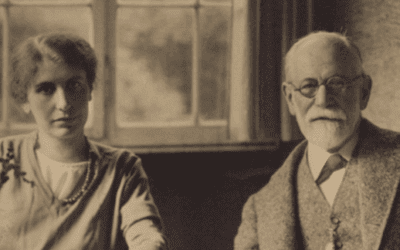


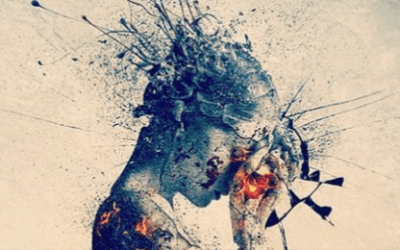
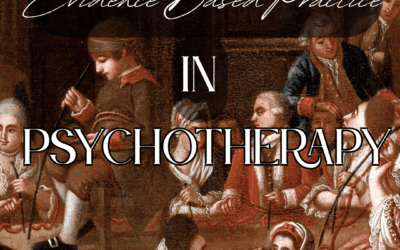







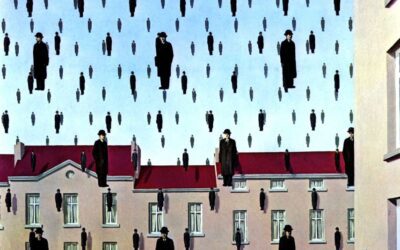

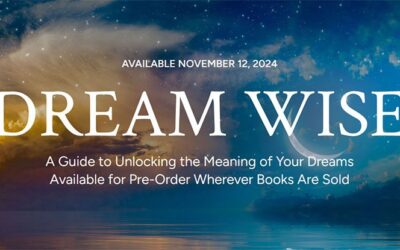
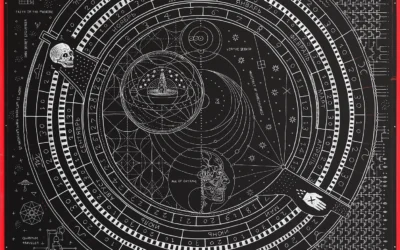
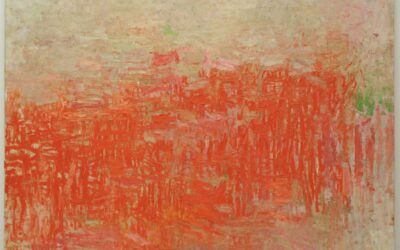
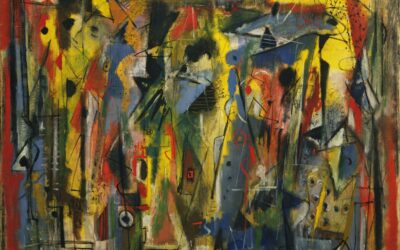


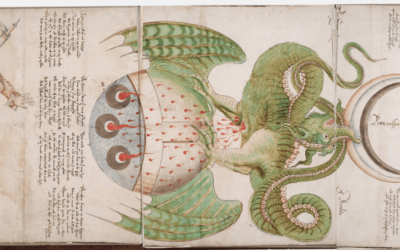


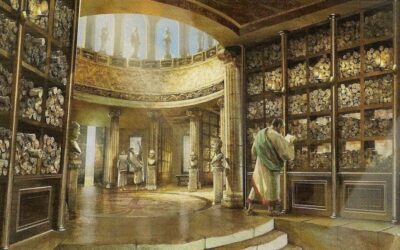
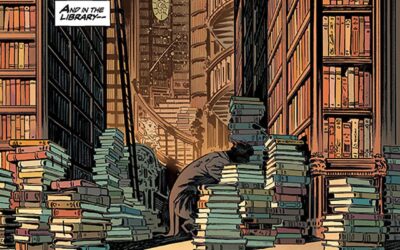
0 Comments